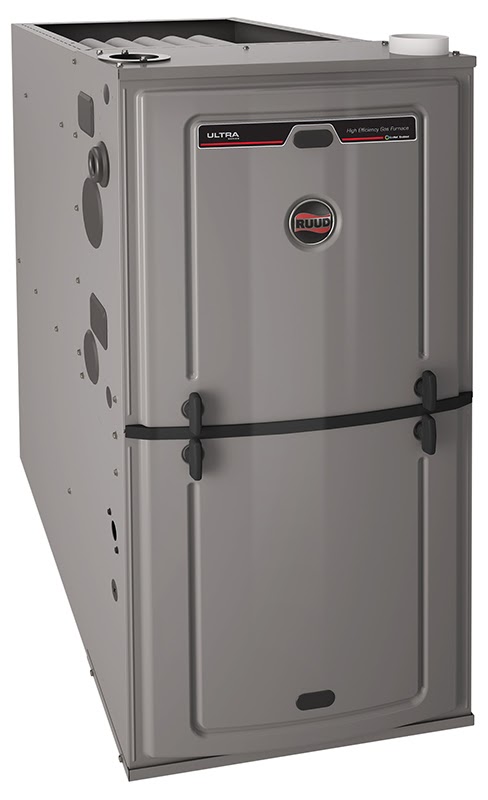
Are you experiencing higher than usual energy bills? Is your furnace continually running without ever really heating up your house? If so, it may be time to replace your older furnace with a new modulating furnace. Learn what makes a modulating furnace different from other furnaces like single stage or two stage furnaces, when these furnaces are worth the investment, along with their benefits and disadvantages.
What is a modulating furnace?
A modulating furnace or a variable-speed gas furnace offers consistent heating by running low fan speeds at varying levels during non-peak heating demands which allows for optimal temperature control throughout your home.
How do modulating furnaces work?
Modulating furnaces run at low fan speeds at different levels, increases and decreases its flame size in smaller increments so that your house's temperature never changes more than a few degrees from your desired temperature.
What’s the difference between a modulating, single stage, and two stage furnace?
- Modulating furnaces: Modulating furnaces run at low fan speeds at different levels, allowing for more constraint temperatures and less start up power needed.
- Single stage furnaces: Feature one level of operation and are either always on or off.
- Two stage furnace: Features two stages of operation allowing energy saving during non-peak heating demands.
What are the advantages of modulating furnaces?
Modulating furnaces offer several features that enhance your comfort and improve your overall energy efficiency. The benefits of owning a modulating furnace include:
- New features: Modulating Gas Valve, Variable-Speed Blower Motor, and Secondary Heat Exchanger ensure optimal efficiency.
- Lower costs: A modulating furnace can pay for itself over time due to an overall lower operating costs resulting in energy savings.
- Enhanced comfort: With its variable-speed controls and modulating gas valve, a modulating furnace can keep your home within one to two degrees of your target temperature.
- Quieter: Modulating furnaces use their variable-speed motor technology to ramp down fan speeds whenever possible, resulting in less noise. Standard single-stage only runs at full power when on, making for a noisier experience.
What are the disadvantages of modulating furnaces?
- Heat levels: Modulating furnaces output less heat into your house, instead pushing lower heat levels consistently.
- Noise: Modulating furnaces run at an influx of lower and higher levels for long increments, but aren’t as loud as a one or two stage furnace that pushes out full power to hit its target temperature in burst.
- Price: Modulating furnaces are more expensive than their counterparts but are a better long term investment - reducing costs on your energy bill.
How much do modulating furnaces cost?
Expect to pay $6,000 to $10,000 for a 98% AFUE rating furnace, installed.
Should I buy a modulating furnace?
If you plan to stay in your current home for more than 5 years, invest in the modulating furnace. Although they have an AFUE energy efficiency rating of 80 to 98 percent, it will take around 3 to 5 years to experience the savings after your initial purchase.
Learn more about Modulating Furnaces today!
Are you interested in learning more about modulating furnaces, the installation cost, and your financing options? Partner with a dedicated contractor such as a nearby Ruud Pro Partner who will ensure that your new modulating furnace will be effective in your house and work properly. Whether you need financing for your modulating furnace or help finding the right modulating furnace, we’re here to help. If you need further help contact us today to get expert advice in your local area!




